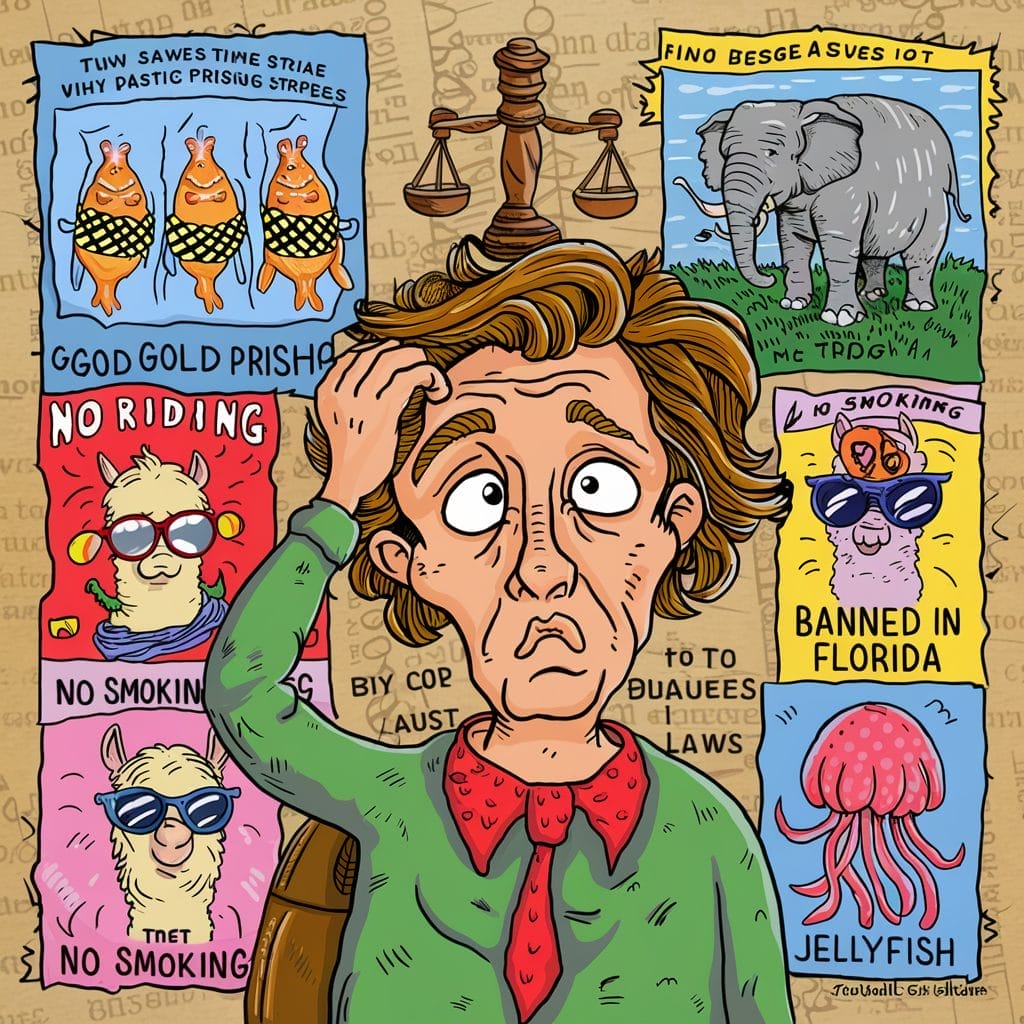Intellectual property (IP) forms the bedrock of our modern, knowledge-driven economy. From the technology we use to the art we enjoy, IP rights protect the intangible assets that drive innovation and creativity.
Whether you’re an entrepreneur, artist, or simply curious about the world of ideas, understanding IP is crucial. This guide delves into the different types of intellectual property, their significance, and ways to protect your own creations.
Key Takeaways
- Intellectual property encompasses intangible assets like inventions, creative works, and brand identities, granting exclusive rights to their creators or owners.
- Understanding the types of IP—patents, trademarks, copyrights, trade secrets, and industrial designs—is essential for safeguarding your creations and respecting the rights of others.
- Various legal measures exist to protect IP from infringement, including patents, trademark registrations, and copyright laws.
- Seeking guidance from intellectual property lawyers can help you navigate the complexities of IP law and ensure comprehensive protection for your intangible assets.
Types of Intellectual Property
Intellectual property comes in various forms, each with its unique characteristics and legal framework. Let’s explore the primary types of IP:
Patents
Patents provide exclusive rights to inventors for their novel inventions, including processes, machines, and compositions of matter. By obtaining a patent, inventors gain a limited monopoly, preventing others from making, using, or selling their invention without permission. This encourages innovation by ensuring inventors can reap the rewards of their creations.
Examples of Patentable Inventions:
- A new drug formulation
- An innovative manufacturing process
- A unique software algorithm
Trademarks
Trademarks are distinctive signs that identify and distinguish the source of goods or services. They can include words, logos, symbols, or even sounds. Trademark protection helps businesses build brand recognition and prevents consumer confusion by ensuring that only the rightful owner can use the mark.
Examples of Trademarks:
- The Coca-Cola logo
- The Nike swoosh symbol
- The McDonald’s “I’m lovin’ it” slogan
Copyrights
Copyrights protect original works of authorship, such as literary works, music, art, and films. Copyright grants the creator exclusive rights to reproduce, distribute, display, and perform their work. This protection incentivizes creative expression and ensures artists and authors can control how their works are used.
Examples of Copyrightable Works:
- A novel
- A musical composition
- A painting
- A computer program
Trade Secrets
Trade secrets encompass confidential business information that provides a competitive advantage. This can include formulas, recipes, customer lists, or manufacturing processes. Unlike other forms of IP, trade secrets are protected by maintaining their secrecy rather than through formal registration.
Examples of Trade Secrets:
- The formula for Coca-Cola
- Google’s search algorithm
- A company’s unique manufacturing process
Industrial Designs
Industrial designs protect the visual appearance of a product, such as its shape, pattern, or ornamentation. This form of IP is particularly relevant in industries where design plays a crucial role, such as fashion, furniture, and automotive.
Examples of Industrial Designs:
- The distinctive shape of a Coca-Cola bottle
- The unique design of an iPhone
- The pattern on a designer dress
Intellectual Property Infringement
Intellectual property infringement occurs when someone uses or exploits another person’s IP without permission. This can take various forms, including:
- Patent infringement: Making, using, or selling a patented invention without authorization from the patent holder.
- Copyright infringement: Reproducing, distributing, or displaying a copyrighted work without permission from the copyright owner.
- Trademark infringement: Using a trademark that is identical or confusingly similar to another registered trademark.
- Trade secret misappropriation: Disclosing or using a trade secret without authorization from the trade secret owner.
IP infringement can have serious consequences, including legal action, financial penalties, and reputational damage.
Protecting Your Intellectual Property
Safeguarding your IP is essential for maximizing its value and preventing others from profiting from your creations. Here are some key steps to protect your IP:
- Identify your IP: Determine what types of IP you own and which assets are most valuable.
- Seek legal advice: Consult with an intellectual property lawyer to understand your rights and options for protection.
- Consider registration: Register your patents, trademarks, and copyrights to establish legal ownership and enhance your enforcement options.
- Implement security measures: Take steps to protect your trade secrets, such as using non-disclosure agreements and implementing secure data storage protocols.
- Monitor for infringement: Be vigilant about detecting and addressing any unauthorized use of your IP.
Conclusion
Intellectual property is a critical asset in today’s world. By understanding the different types of IP and taking steps to protect your own creations, you can foster innovation, secure your competitive advantage, and ensure you reap the rewards of your ingenuity. Remember, seeking guidance from qualified IP professionals can provide invaluable support in navigating the complex world of intellectual property law and maximizing the value of your intangible assets.













